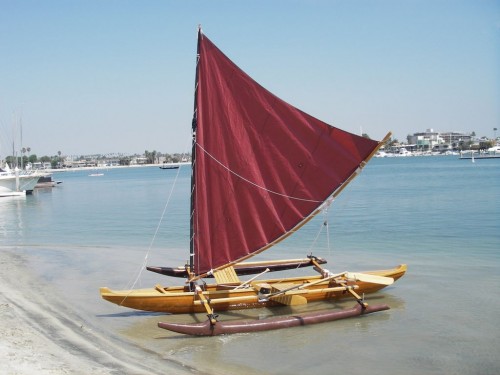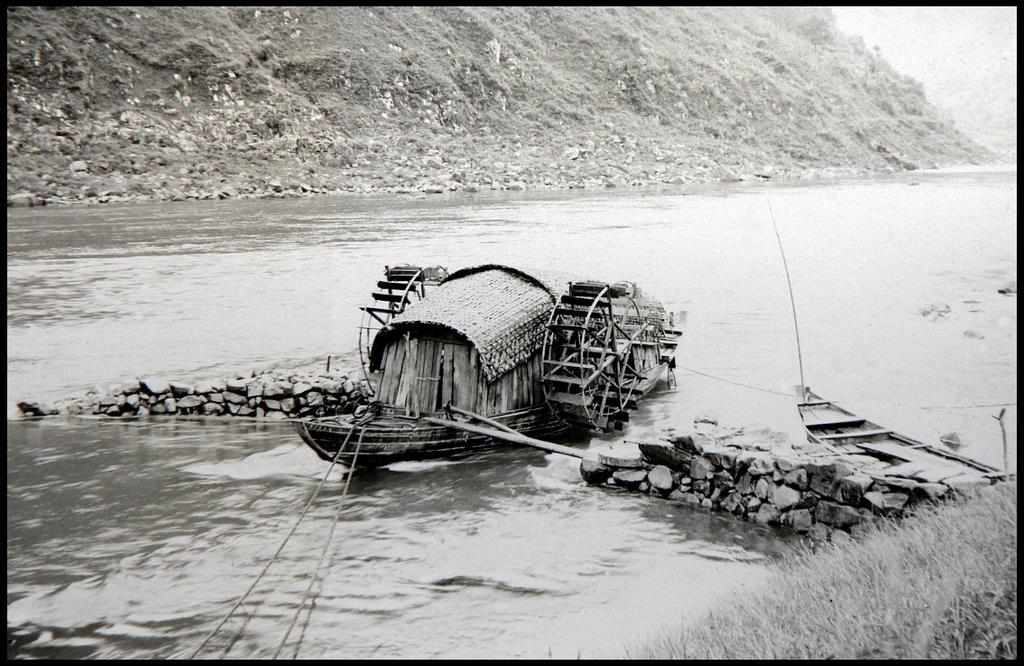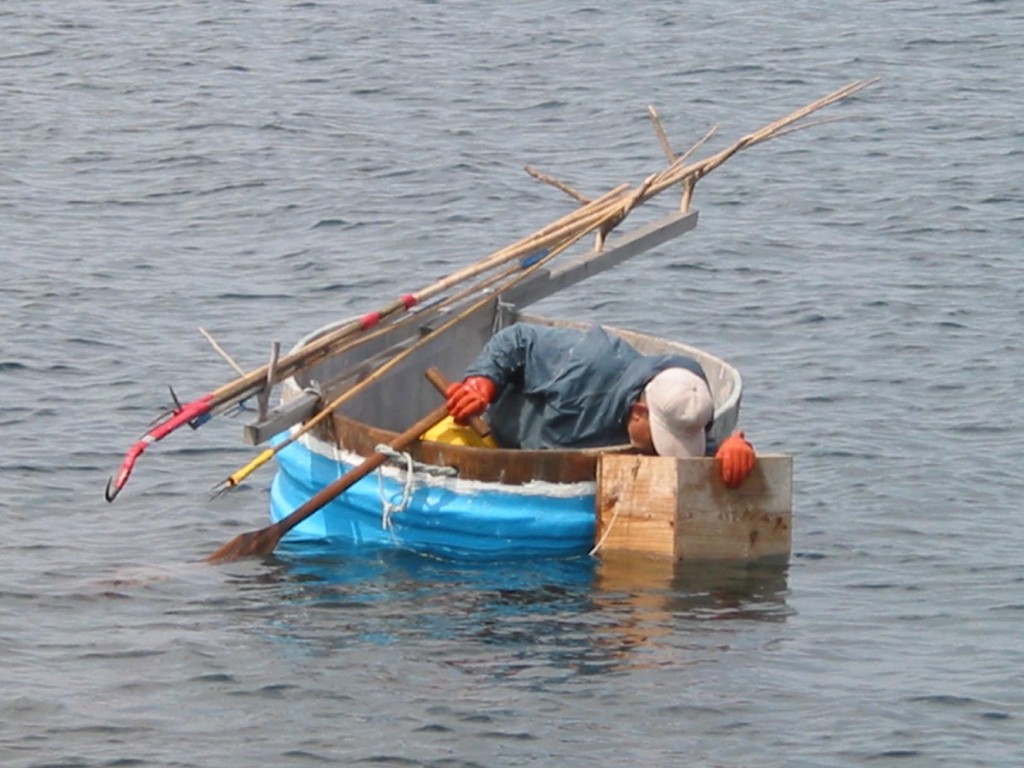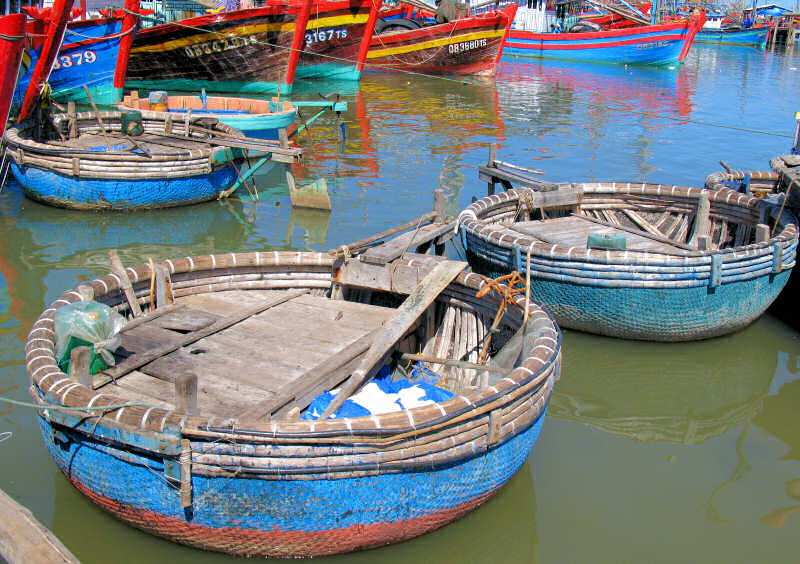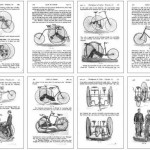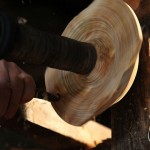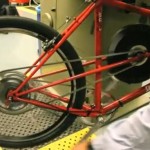- Out of the wild. [The New Atlantis] “The ideal of nature as it used to be before human intervention is one that Western urbanites created in the late nineteenth century, chiefly as a foil for their own modernity… This vision still permeates much of environmentalism and stands in the way of responsible action toward nature, particularly in the places where we actually live.”
- Minds on Fire: Cognitive Aspects of Early Firemaking and the Possible Inventors of Firemaking Kits. [Cambridge Archaeological Journal] “We analyse aspects of the two main hunter-gatherer firemaking techniques—the strike-a-light and the manual fire-drill—in terms of causal, social and prospective reasoning.”
- The Kayak’s Cultural Journey. [Craftsmanship Quarterly] “For millennia, Indigenous peoples across the world have built and used skin boats to fish and hunt, for sport and travel, even for warfare. Now non-Indigenous admirers of the craft are making them, too.”
- Permacomputing Aesthetics: Potential and Limits of Design Constraints in Computational Culture. [LIMITS 2023] “Permacomputing is a nascent concept and a community of practice oriented around issues of resilience and regenerativity in digital technology. At the heart of permacomputing are design principles that embrace limits and constraints as a positive thing, as well as being creative with available computational resources.”
- Building and Monitoring a SolarPowered Web Server. [ETH zürich] “In this thesis we focus on building a solar-powered web server. We present existing websites which are fully or partially solar powered, introduce some background about battery state of charge estimation and how to determine the right solar panel and battery size. Reusing components from older projects, we host a static website on an exemplary setup, which is solely solar powered.
No Tech Reader #40
Canoe and Kayak Sailing
“In walking you are bounded by every sea and river, and in a common sailing-boat you are bounded by every shallow and shore; whereas, a canoe can be paddled or sailed, or hauled, or carried over land or
water”.
Quoted from “Thousand miles in the Rob Roy Canoe on rivers and lakes of Europe“, MacGregor, 1866.
The use of sailing canoes dates back to ancient Polynesia, when they were used to explore the Pacific Ocean. The technology was popularized in the western world in the 1860s, when Scottisch John MacGregor built sailing canoes and travelled all over Europe.
There’s quite some amateurs building sailing canoes these days: 1 / 2 / 3 / 4. Picture: Outrigger Sailing Canoes.
Floating Grain Mill in Old China
A Floating Grain Mill on the Hwei River in China (19th/20th century). Source. Previously: “Boat mills: water powered, floating factories“.
Japanese Tub Boats
“Taraibune (tub boats) were once found along the Echigo coast of the Sea of Japan and on Sado Island. Now they are used only in six small fishing villages on Sado Island. They have survived to the present because of their low cost and durability.”
“Tub boats are made of local sugi (Japanese cedar) and madake (timber bamboo). The woodwork in a tub boat is not at all beyond the skills of an experienced carpenter, but the braiding of the hoops is now an extremely rare skill.”
“Japanese tub boats are used for nearshore fishing and seaweed collecting. A key tool of the taraibune angler is the glass-bottomed box which is floated alongside the boat. This enables him (or more frequently, her) to clearly see the bottom in shallow water to identify likely prey or harvest. A variety of long-handled tools is trailed behind the boat — to collect the fish, shellfish, or vegetation at hand. Tub boats are propelled facing forward with a paddle, though in one village the men use outboard motors.”
“In spite of their ancient appearance, they date from only the middle of the 19th century. Prior to that, dugouts and plank-built boats were used to collect the rich shallow-water sea life around the southern tip of Sado Island, but in 1802 an earthquake changed the area’s topography, opening up a multitude of narrow fissures in the rocks along the shore into which it was impractical or dangerous to take long, narrow boats. Derived directly from the barrels in which miso is brewed, tub boats proved to be adept at navigating these narrow waterways. Indeed, they can be easily spun in their own length.”
More at Douglas Brooks Boatbuilder & Indigenous boats. Previously: The woorden work boats of Indochina.
The Wooden Work Boats of Indochina
“The wooden work boats of Vietnam, Cambodia and Laos (French Indochina) have a long and fascinating history of sail and trade in South East Asia and beyond. Today, the sails are nearly all gone but the boats and their builders survived by adapting the traditional sailboat hulls for motoring. Our goal is to document the building, design and uses of as many traditional and unique wooden work boats of Southeast Asia as possible before the master craftsmen who build them are gone.”
Great pictures at Boats and Rice. Via Duckworks Magazine. Previously: The Junk Blue Book. More boats.
